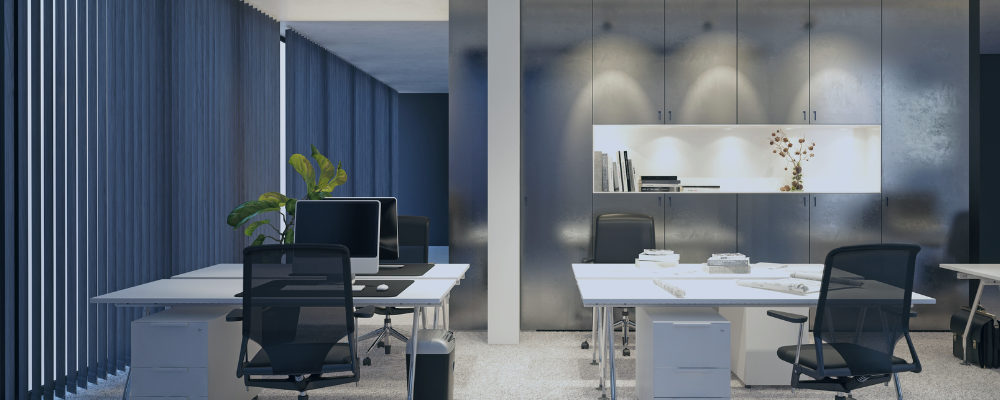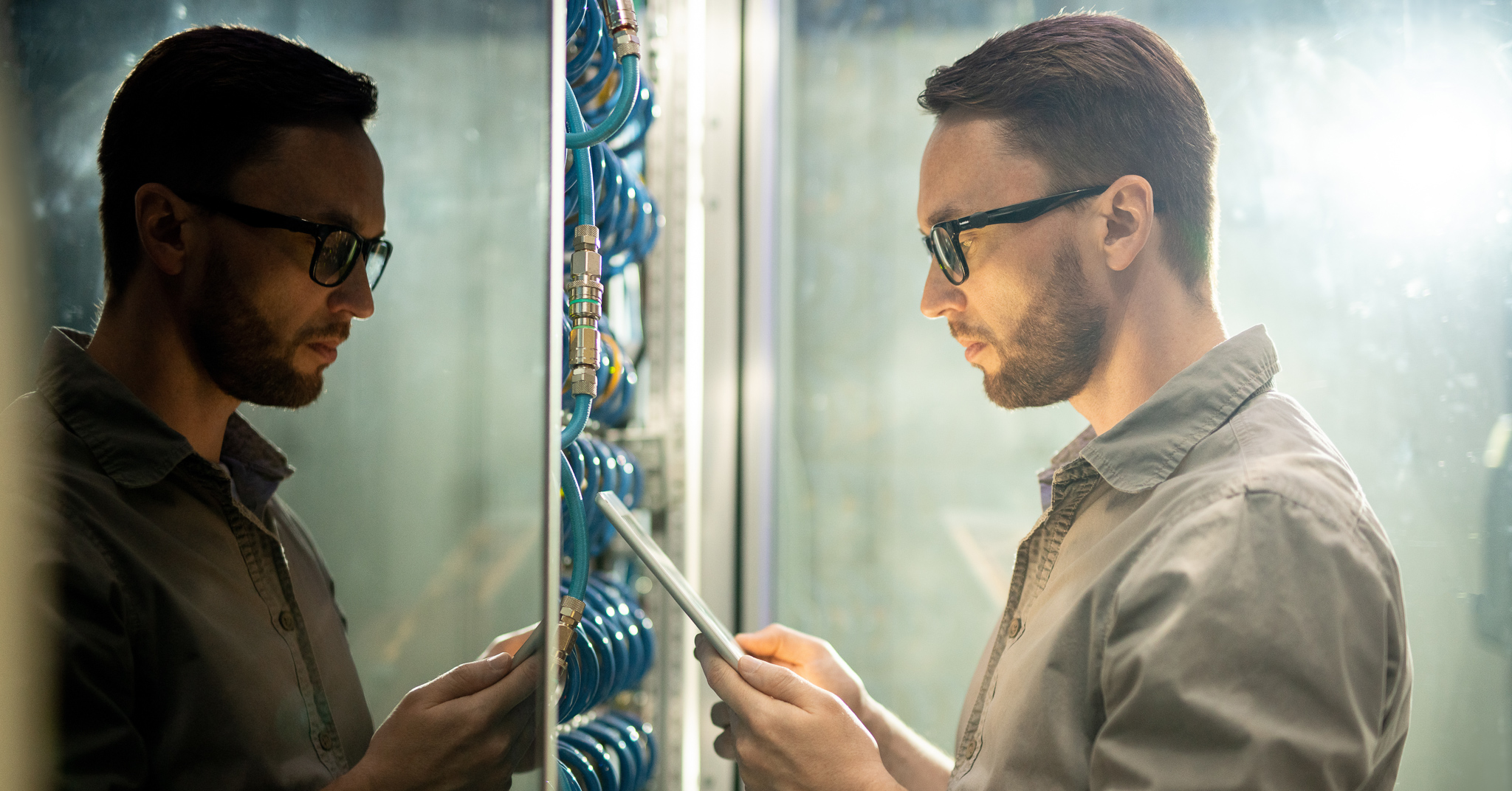Creating a versatile, multipurpose video collaboration space might sound straightforward, but it actually involves more layers of planning and design than many initially expect.
Beyond simply choosing the room setup and technology, transforming a single space into a multi-functional collaboration area requires thoughtful consideration of the organisation’s unique goals and practical needs.
This article delves into some of the essential strategies for crafting a flexible, collaborative environment.
Adaptable Layouts
Start by envisioning a layout that supports easy reconfiguration. Avoid fixed walls or partitions that limit flexibility, and consider using modular walls or dividers that can be repositioned to create various room sizes and configurations. This design approach enables the space to shift quickly to accommodate different collaboration styles and group sizes.
Choosing the Right Furniture for Video Collaboration
Select adaptable, modular furniture. Movable tables and chairs allow the room to transform easily to suit one-on-one meetings, team brainstorms, presentations, or interactive workshops. This ensures that the space remains accessible and functional for diverse collaboration needs.
Furniture that encourages engagement—such as round tables or collaborative workstations—can stimulate active participation and idea-sharing among team members. Including mobile tables or adjustable desks allows for quick adjustments, while modular seating can be rearranged to accommodate both small meetings and large gatherings.
Incorporating ergonomic design features is essential as well; comfortable, supportive furniture helps prevent fatigue, ensuring participants remain focused and comfortable during longer sessions.
Technology That Adapts to Your Needs
Equipping your space with adaptable technology is crucial. Include video conferencing systems, interactive displays, wireless screen-sharing capabilities, and virtual whiteboards to support various collaboration styles.
Offer a range of tools that cater to different work preferences. This might include project management platforms, virtual meeting software, and document-sharing systems. Providing employees with training on these tools will also help them make the most of the technology available in the space.
Importance of Lighting and Acoustics
Lighting and acoustics play a vital role in fostering a productive and comfortable environment. Design the space to minimise noise and distractions, using sound-absorbing materials like acoustic panels or carpeting. Proper insulation can also help maintain a focused atmosphere.
Lighting should be flexible, allowing adjustments to suit different types of collaboration. Soft, adjustable lighting can set a comfortable tone for brainstorming sessions or discussions, while brighter settings can enhance focus during presentations.
The Role of Décor in Enhancing Collaboration
Room décor can significantly influence the ambiance and creativity levels within a collaboration space. Opt for colors known to promote creativity and a relaxed environment—blue tones, for instance, can create calm, while green boosts productivity. Yellow accents may add a sense of energy and inspiration.
Incorporate elements like artwork, plants, or other decorative touches to create a welcoming, inspiring atmosphere. These finishing details can enhance the space, making it feel more dynamic and inviting for team members.
By implementing these strategies, organisations can transform a single room into a versatile space that meets a variety of collaboration needs, enhancing creativity, teamwork, and productivity.
Find out more
We have proven experience in the creation of flexible and versatile collaboration environments. Book a 15 minute consultation to find out more.

 Australia
Australia LATAM
LATAM New Zealand
New Zealand UAE
UAE United Kingdom
United Kingdom




